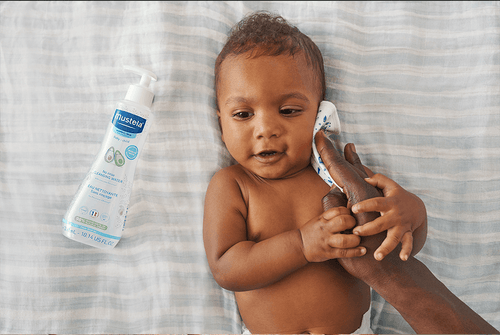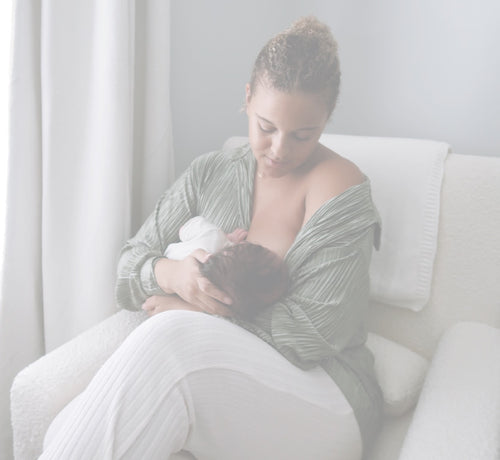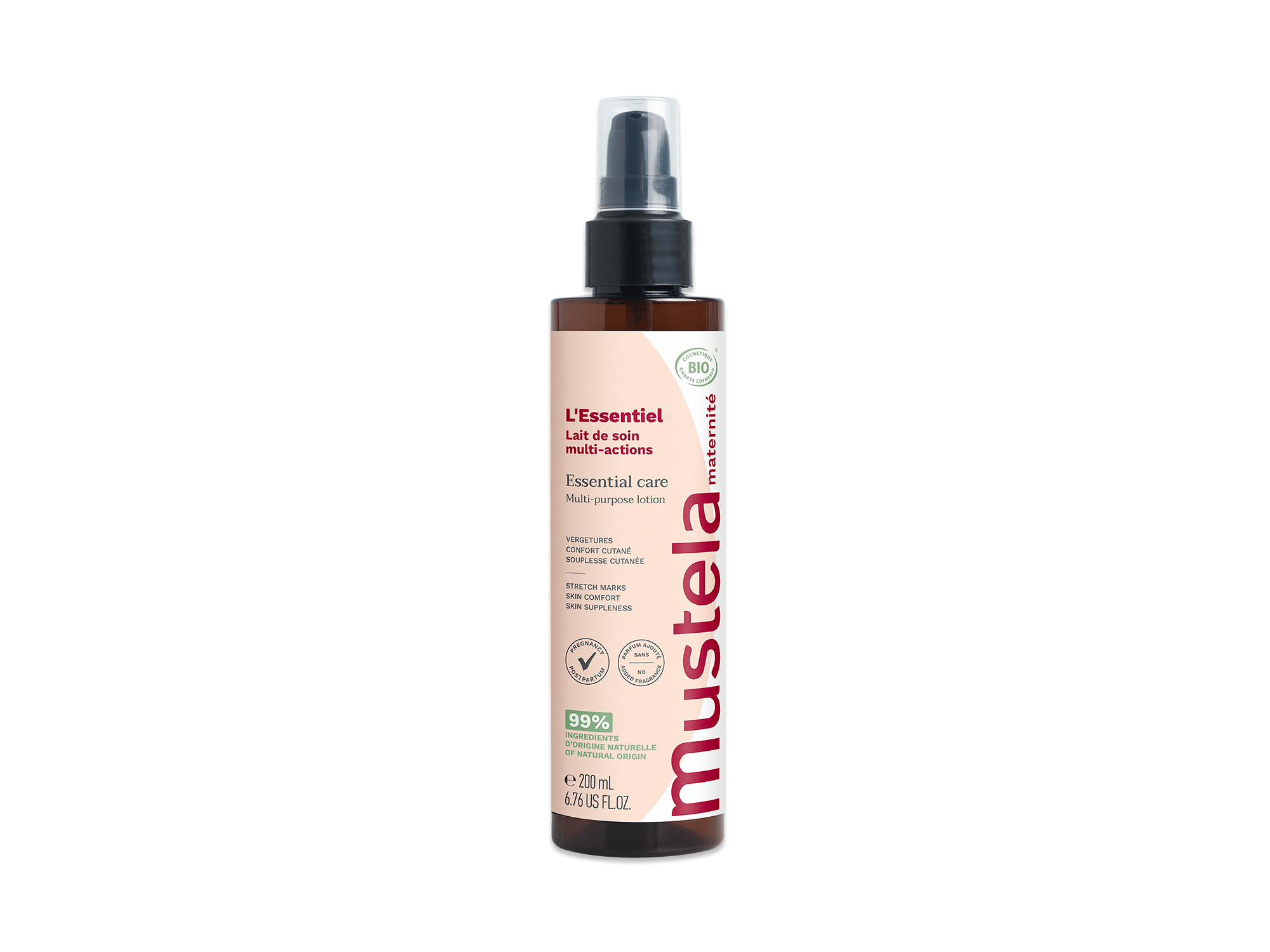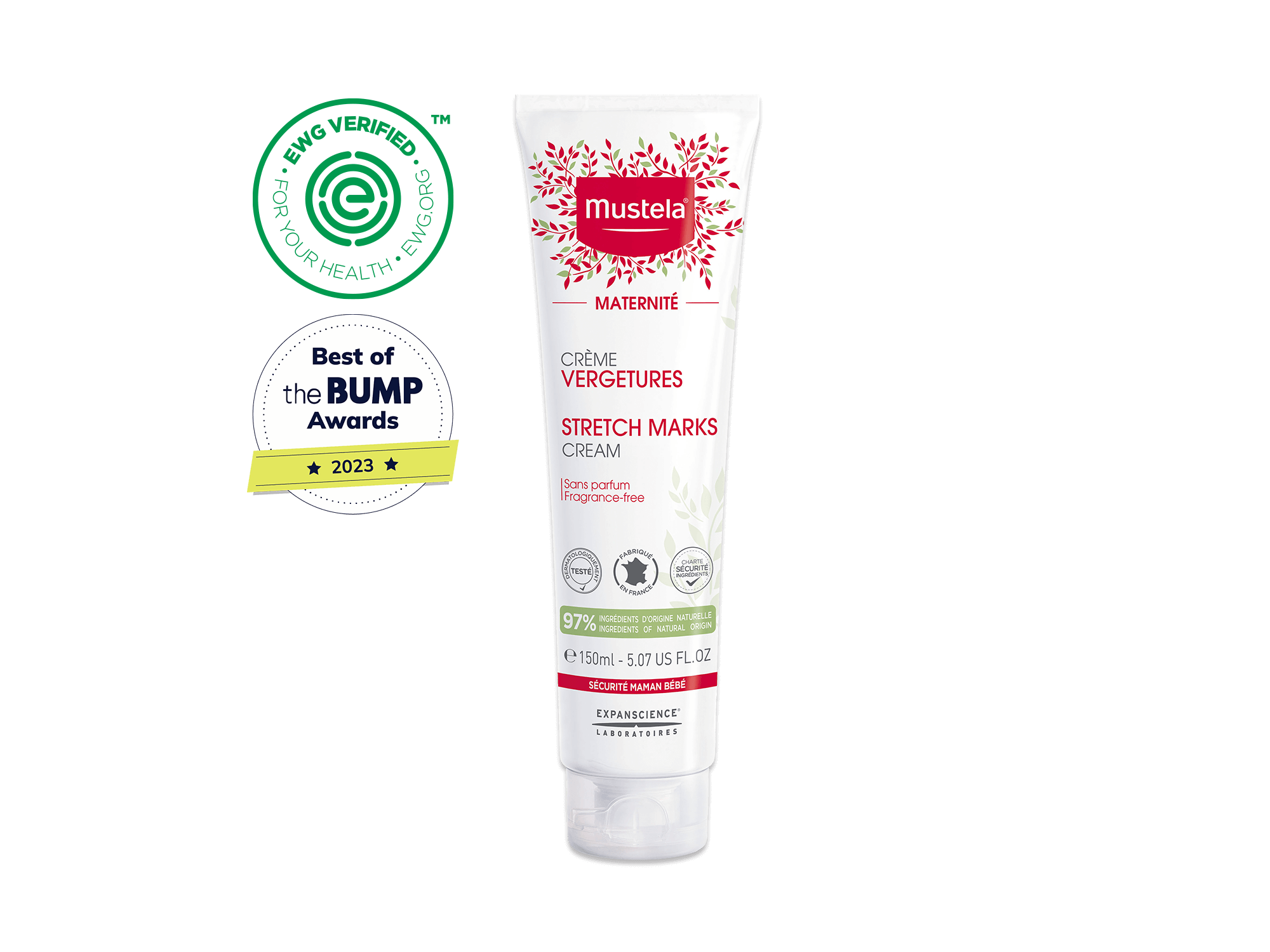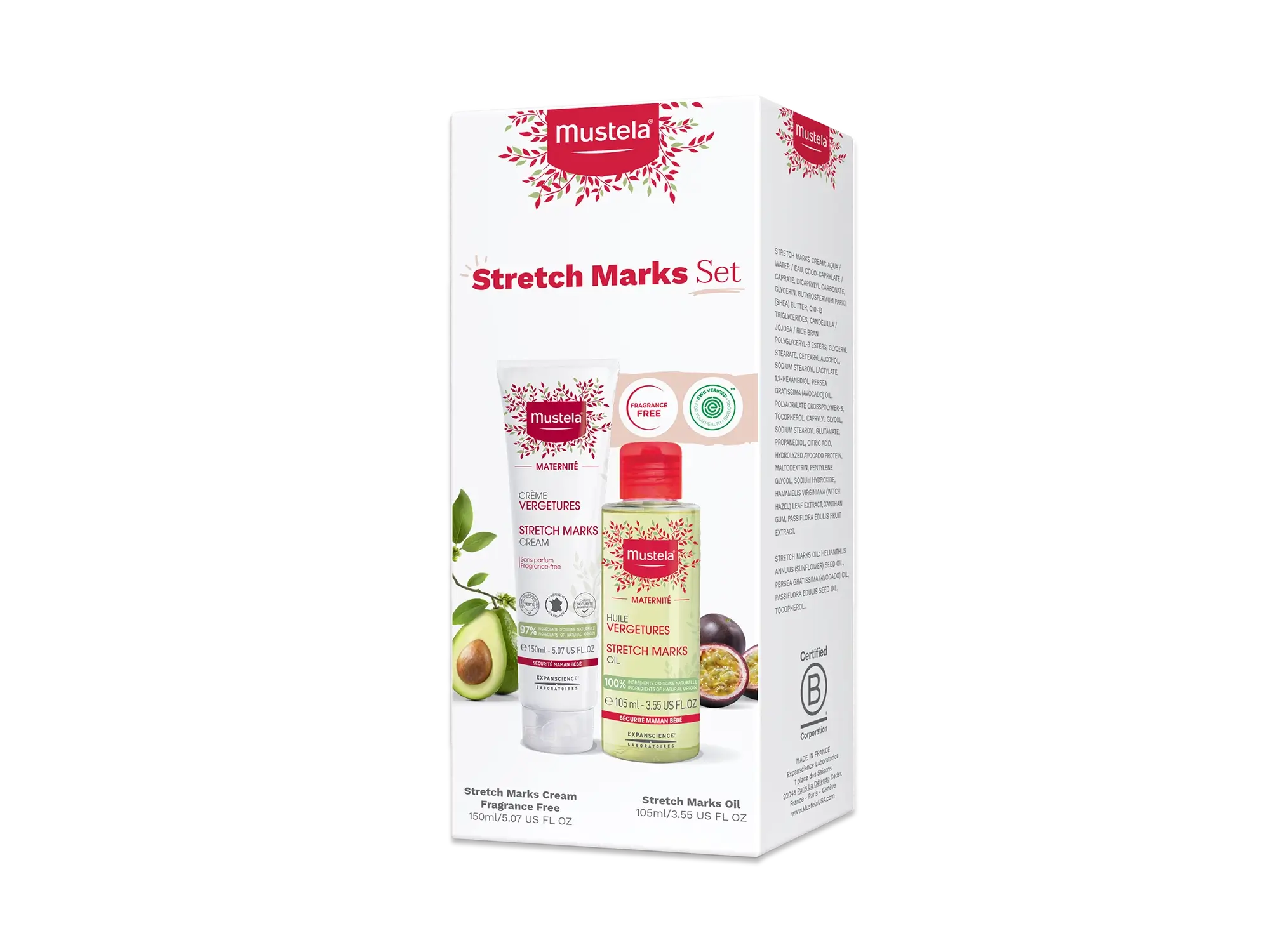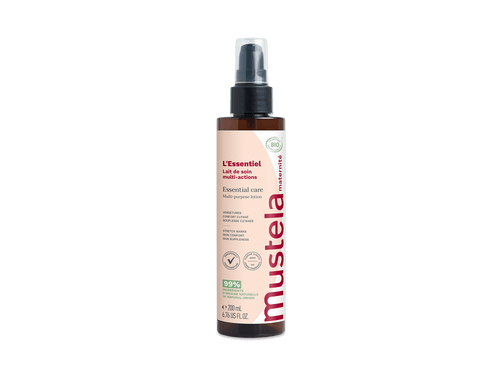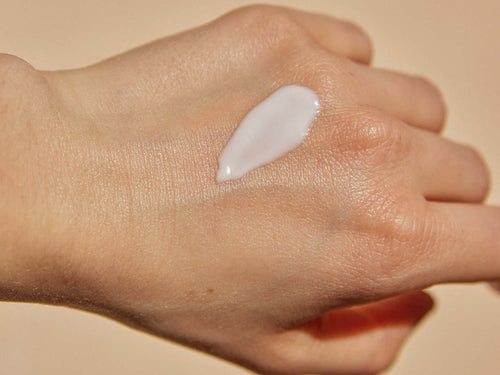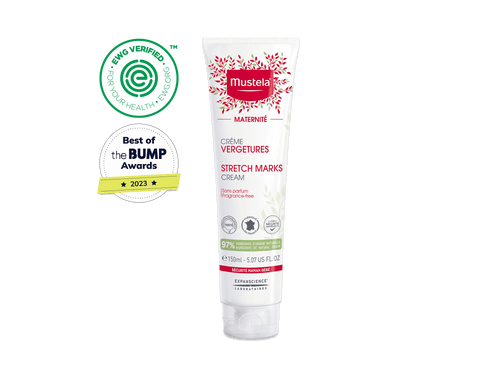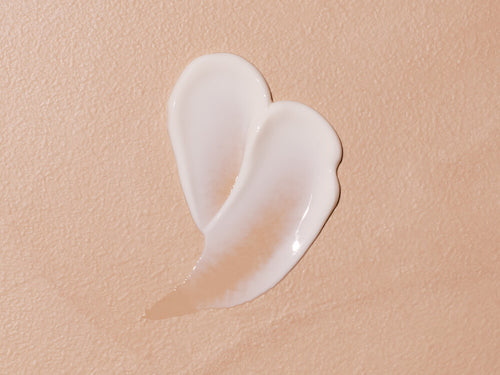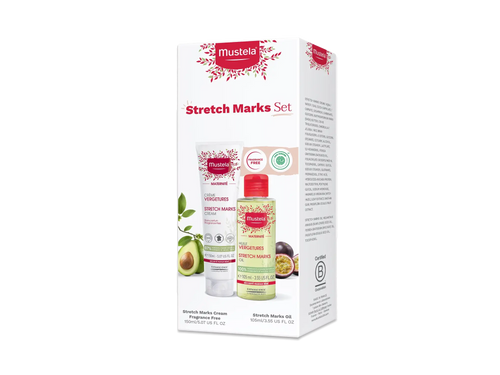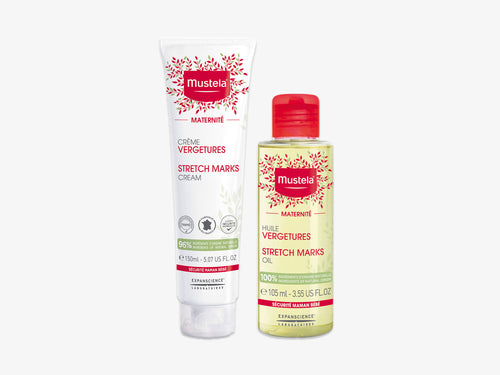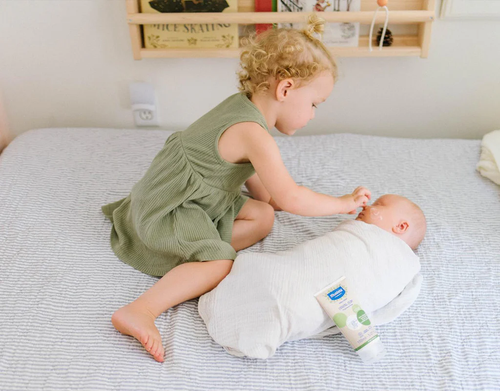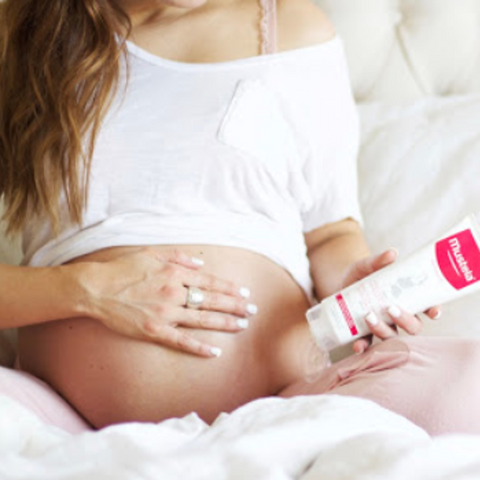As soon as you found out you were pregnant and decided to breastfeed, you bought the best breast pump, got a great lactation specialist, and talked with your OB-GYN about possible challenges. But there is still so much to know, like proper breast milk storage.
In this article, we’ll share the ultimate guidelines for breast milk storage so you can ensure proper nutrients for your baby.
Table Of Contents
- Before Expressing Or Pumping Your Breast Milk
- American Academy Of Pediatrics Guide To Safe Breast Milk Storage
- How To Thaw Frozen Breast Milk
- How To Warm Breast Milk
- How Do I Know If Breast Milk Has Gone Bad?
- Breast Milk Storage Containers
- Additional Tips For Storing Your Breast Milk
Before Expressing Or Pumping Your Breast Milk

Before we get into the details of proper breast milk storage options, we should cover the basics. Here are some important steps to take before nurturing your little one:
- Thoroughly wash your hands and all storage containers. Just like your baby’s bottle, your storage containers can be cleaned in warm, soapy water.
- Massage both breasts. Do this for one to three minutes before you start pumping. (Pro tip: Use Mustela Stretch Marks Serum as you massage to minimize the appearance of recently formed stretch marks.)
- Label each breast milk storage container with the date the breast milk was expressed.
- Consult with your childcare provider about how they prefer breast milk to be stored and labeled. Always label it with your child’s name.
After checking these safety tips off the list, you are ready to pump clean and healthy breast milk for your little one!
American Academy Of Pediatrics Guide To Safe Breast Milk Storage
1) Breast Milk Storage On The Countertop Or Table
Breast milk should be stored in the coolest place you can find and away from direct sunlight. To avoid the risk of bacterial growth, never store at temperatures above 77 degrees Fahrenheit.
Breast milk storage should be done in two to four ounces of small batches to prevent waste. Any leftover milk can be used within two hours.
2) In The Refrigerator
You can store breast milk in the refrigerator for up to four days. If it is very cleanly expressed, you can get away with storing it for up to eight days.
Breast milk should be stored in the back of the refrigerator. Avoid storing it in the door, where temperatures tend to vary. Keep breast milk at 39 degrees Fahrenheit or colder.
3) In The Freezer
The freezer gives you the option to store your breast milk for longer periods of time. It can be stored in the back of the freezer for up to nine months.
Just keep in mind that, like any liquid kept in the freezer, breast milk expands as it freezes. Do not fill the milk to the top of the storage container.
As a rule of thumb, always use the oldest milk first for your baby.
How To Thaw Frozen Breast Milk

When it comes to thawing breast milk, the microwave is not a safe option. It can kill all of the breast milk’s living immune properties, denying some of the nutrients your baby needs. There is also the risk of creating hotspots that can burn your baby’s mouth.
The best way to thaw frozen baby milk? Simply leave it in the refrigerator overnight. But sometimes life isn’t that easy and we need a quick thaw.
In those frantic moments of a screaming baby, you can simply place the breast milk storage container in a bowl of warm water for a few minutes.
Once refrigerated breast milk is thawed, it can be kept in the refrigerator for up to 24 hours. On the other hand, if you thawed it at room temperature, it’s only good for two hours, so make sure baby is hungry!
How To Warm Breast Milk

Breast milk doesn’t have to be warmed. It can be served at room temperature or cold, but your baby may not take it that way. So now that you know how to thaw breast milk like a champ, let’s learn how to warm it up for your baby. (Again, never in the microwave!)
Don’t worry, your little one won’t have to wait long. Simply hold your bottle or bag of breast milk under warm running water (or let it sit in a bowl of warm water) for a few minutes.
If your little one is getting impatient, another option for warming breast milk is to use a bottle warmer. Some moms find this convenient, while others find it unnecessary. It’s up to you (and your hungry infant!).
No matter what technique you use to warm your baby’s breast milk, always test the milk to ensure that it’s the right temperature and not too hot.
How To Know If Breast Milk Has Gone Bad
Breast milk storage containers keep your breast milk nice and safe for a while, but sometimes life happens and milk goes bad before you can use it. If your baby drinks spoiled milk, it can cause stomach distress, resulting in abdominal cramping, vomiting, and diarrhea.
(Expert tip: If this happens, it may irritate your little one’s skin. Try Mustela Diaper Rash Cream 123 to soothe your baby’s skin and help prevent diaper rash.)
So, how can you tell if breast milk has gone bad? Let’s take a look at a few techniques for spotting rotten milk.
The easiest way is to examine the breast milk’s appearance. Your mom-tuition will be able to tell just by looking at it. If you see separated clumps and the milk isn’t easily swirling around, chances are it’s gone bad.
That said, keep in mind that the color of your breast milk can vary depending on your diet or if you’re taking any medications. Colors can include pink, green, slightly yellow, or yellow-orange. Also, it’s normal for your stored milk to separate into a cream and milk layer.
A less desirable way to tell if your breast milk has gone bad is to smell it. You can’t mistake that rancid, foul odor of spoiled cow's milk. Well, it’s the same rancid smell as spoiled breast milk. If you smell that, dump the milk!
When all else fails, taste the breast milk. The sour taste will be undeniably spoiled. Hey, anything to keep your baby well-fed and healthy right?
Breast Milk Storage Containers

Now that you’ve learned how to safely handle your breast milk, it’s time to look at breast milk storage containers and find the ones that work best for you.
First, make sure to plan where you will be storing your breast milk containers, whether in the freezer or the refrigerator. You should also know how long you plan to store your breast milk. Once you know the answer to these questions, choose from these storage options:
Glass Containers
Glass containers preserve frozen milk the best and are a more eco-friendly option, yet they are not always the most convenient choice. Some childcare centers may not accept glass. There is also the risk of the glass breaking.
Clear Plastic Containers
Plastic containers are another popular choice. Make sure to avoid bottles with the recycle symbol seven on them, indicating that there is BPA present. Here’s what that symbol looks like:

Source: containerfaqs.com
Freezer Bags
No, not the kind you use for saving your leftover roasted veggies in the freezer. These are bags specifically designed for breast milk.
Keep in mind that freezer bags are more likely to leak. To avoid leakage, leave an inch of space at the top and understand that freezer bags don’t protect breast milk as long as sealed containers.
Finally, keep our Cleansing Wipes x60 (Lyocell) on hand for quick and easy cleanup in case a bag of breast milk does leak.
No matter which storage container option you choose, make sure the container is tightly sealed and you’re on your way to freshly served breast milk!
Additional Tips For Storing Your Breast Milk
- Date the milk before storing it.
- Do not refreeze thawed breast milk.
- If soap and water are not available, use an alcohol-based hand sanitizer that contains at least 60% alcohol to clean your hands before touching breast milk.
- If you are traveling, you can store breast milk in an insulated cooler with ice packs for up to 24 hours.
- Freeze breast milk that won’t be used for 24 hours.
- Leftover milk can be used for no more than two hours.
Safely Breastfeeding Your Baby

Breastfeeding is a very intimate and special experience between a mother and her baby. Storing your milk allows you to have it ready for your baby whenever they need it. And proper breast milk storage ensures that your little one gets the freshest and most nutritional breast milk!
While you’re learning how to care for your baby through breastfeeding, remember to also take care of yourself. Breastfeeding and pumping can often cause discomfort. Our Organic Nursing Comfort Balm is packed with vitamin E to help protect and nourish your sensitive skin.
Try not to get discouraged in your breastfeeding journey. Mustela is here to educate, inform, and support you in whatever you need. And before you know it, you’ll be the one giving out breastfeeding advice!

